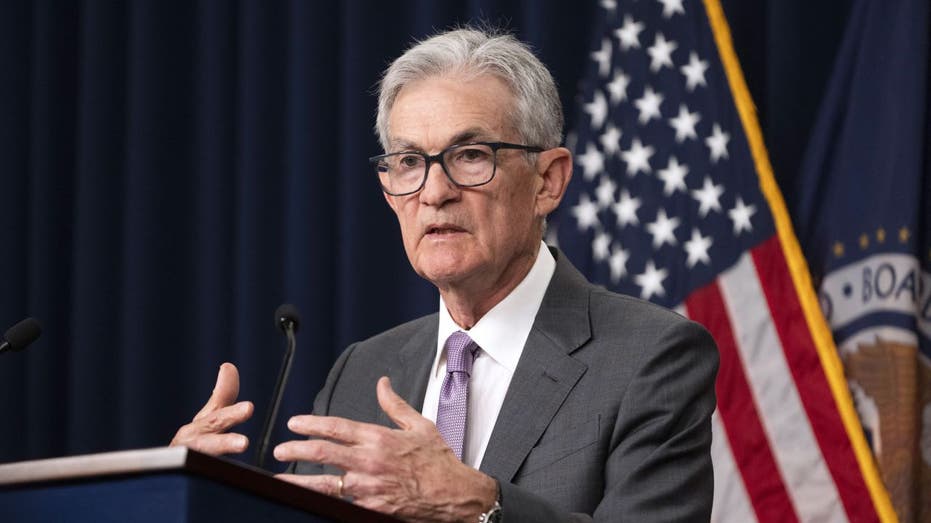Fed Cuts Rates Again Amid Labour Market Concerns
The Federal Reserve has cut interest rates for the second time this year, lowering the benchmark federal funds rate by 25 basis points to 3.75%-4%. This October cut follows a similar reduction in September as policymakers address labour market weakness while inflation remains above the 2% target.
Key Takeaways
- Second 25 basis point rate cut this year brings federal funds rate to 3.75%-4%
- FOMC vote was 10-2 with one dissent favoring larger cut
- Labour market slowdown and elevated inflation create policy tension
- Market expectations for December rate cut drop significantly after announcement
Dual Mandate Challenges
The Federal Open Market Committee faces conflicting pressures between its dual mandate of maximum employment and stable inflation. Job gains have slowed while inflation remains elevated, creating what Chair Jerome Powell called “insurance” rate cuts.
“We remain committed to supporting maximum employment, bringing our inflation sustainably to our 2% goal and keeping longer-term expectations well-anchored,” Powell stated during his press conference.
Inflation Dynamics
Powell explained the complex inflation picture: while goods inflation has increased due to tariffs, services show disinflation. He noted that excluding tariff effects, inflation might be closer to 2.3-2.4%.
However, Powell acknowledged public frustration: “Consumers are not interested in that story, their prices are higher. The reason they’re so unhappy about inflation is the inflation that we had in 2021, 2022 and 2023.”
Data Challenges and December Outlook
The government shutdown has delayed key economic data, forcing the Fed to rely on alternative sources. Powell compared the situation to “driving in the fog” and suggested this might warrant caution at the December meeting.
Market expectations shifted dramatically following the announcement. The CME FedWatch tool showed probability of a December rate cut dropping from 90.5% to 54.7%, while chances of rates holding steady jumped from 9.1% to 40.8%.
The Fed’s next monetary policy meeting is scheduled for mid-December, where decisions will depend on incoming economic data and labour market conditions.





